Though a mundane stellar body in many respects, the Sun will throughout its existence give rise to life and ultimately snuff it out. This is the past, present and future of the Sun, a very typical star.
Looking at our star — the Sun — from a universal point of view, there is little extraordinary about this ball of hydrogen and helium. In terms of size, the Sun also around mid-range for a star, whilst the universe possesses much smaller stars, it also hosts stars that are up to 100 times larger. A typical example of a star in this mass range, and of its radius, and age, it sits at an average distance from the centre of its galaxy — the Milky Way.
Yet, despite how mundane the Universe may see the Sun, it is impossible to overestimate the importance of the Sun to life on Earth. Without the energy it provides living things simply could not exist. We could not exist. When it dies, our planet, every on it, and likely our species, also dies. And as is fitting, the Sun dominates our solar system, possessing over 99% of its total mass.
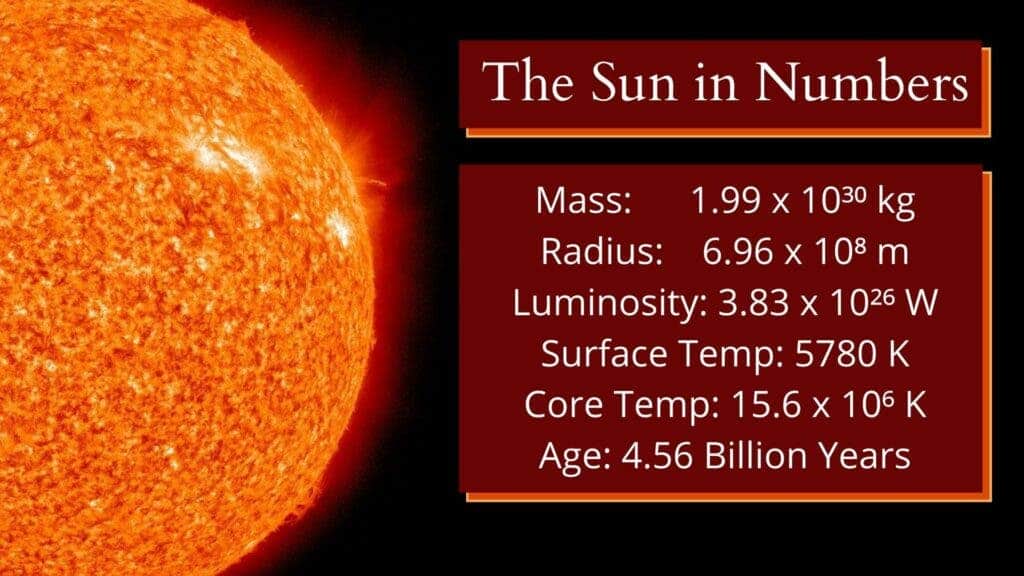
In a way, the fact that the Sun is a very average star is a boon for our understanding of the Universe and the stellar objects that inhabit it. We have good reason to believe that the properties we observe belonging to the Sun are shared by many stars of this kind, and in-turn we can learn much about its birth, life, and death by looking beyond it and to the galaxy’s wider population of stars.
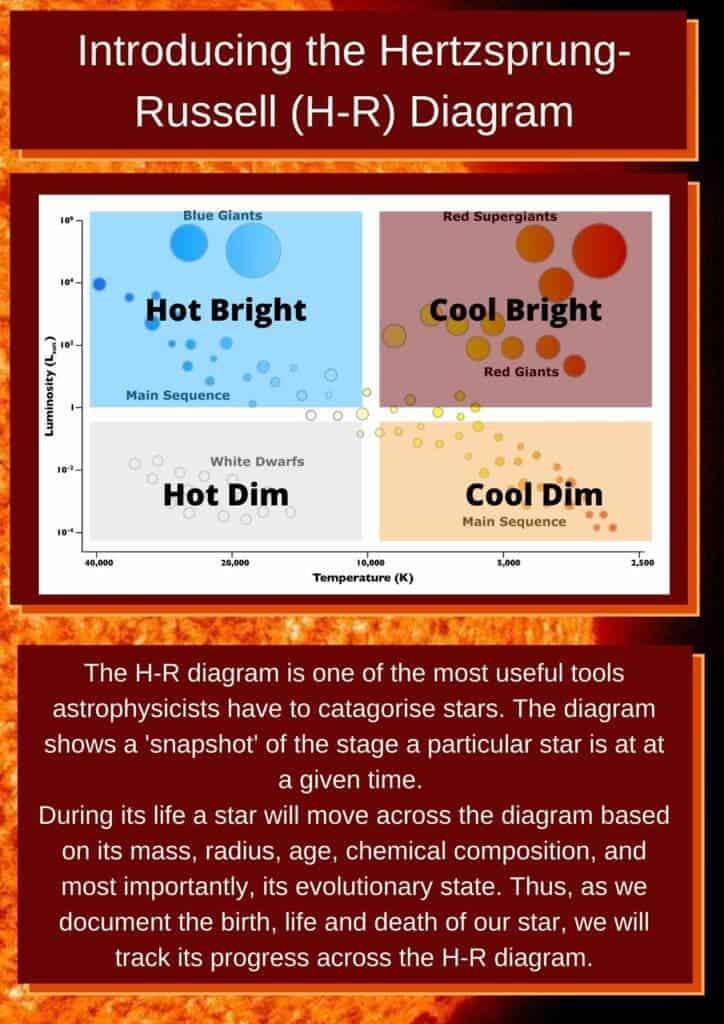
One thing that isn’t typical about our star is its isolation. The majority of stars exist in binary pairs, but our Sun sits alone. Or it did. Humanity has provided our star with a little company.
The Parker Solar Probe, launched by NASA in 2018, marks the closest approach to the Sun by any man-made object. The probe’s mission, to bring us images of the Sun’s corona and data that will unlock many of the remaining mysteries held by our star. In turn, this will help us better understand our solar system’s place in the Universe.
Thus, what better time to review what we already know about the Sun, our theories about its birth, the processes that proceed beneath its outer layers and its eventual fate — intrinsically and inseparably tied to our own.
This is the story of our Sun; its past, present, and future. And our own.
Past: Gravitational Collapse and Ignition
What is a star?
The very simple answer is a self-gravitating ball of gas hanging in space, existing in hydrostatic equilibrium, so it neither collapses nor expands. Thus, the story of a star’s life is really the tale of competing forces; the inward force of gravity encouraging the star to collapse and the outward forces that combat this urge.
Just as a star’s death hinges on the final victory of this inward gravitational force, its birth also arises from gravitational collapse. But, in the case of this initial collapse–one that eventually leads to the ignition of the star and the nuclear burning of hydrogen that will define the vast majority of its life–gravity must overcome the kinetic energy of individual gas and dust molecules that compose the cloud that will collapse to form a star.

These collapses occur in the coldest and densest regions of clouds of dust and gas that float between star systems — referred to as the interstellar medium (ISM). To give you a rough idea of how large these ISM clouds are, the Sun and the solar system are currently passing through a local ISM that is approximately 60 light-years across. Thus, even when a small pocket of gas begins to collapse within an ISM cloud, it can birth a whole cluster of stars — these areas are called interstellar nurseries.
The precise point at which the relationship between kinetic energy resistance and gravitational influence tips so that in-fall becomes inevitable is defined by ‘Jeans Mass’ — named after British physicist James Jeans, who first calculated it.
Arising from this collapsing region of the ISM is a contracting cloud fragment that will eventually become a protostar. It’s difficult to currently say much about this process. Despite the fact that we have discovered many stellar nurseries and active star-forming regions, because they are heavily obscured by gas and dust, it’s hard to discern what is actually occurring within them. Also, this has to be tempered with the fact that even this early stage of stellar evolution proceeds on a cosmic timescale, which dwarves our lifespans considerably.
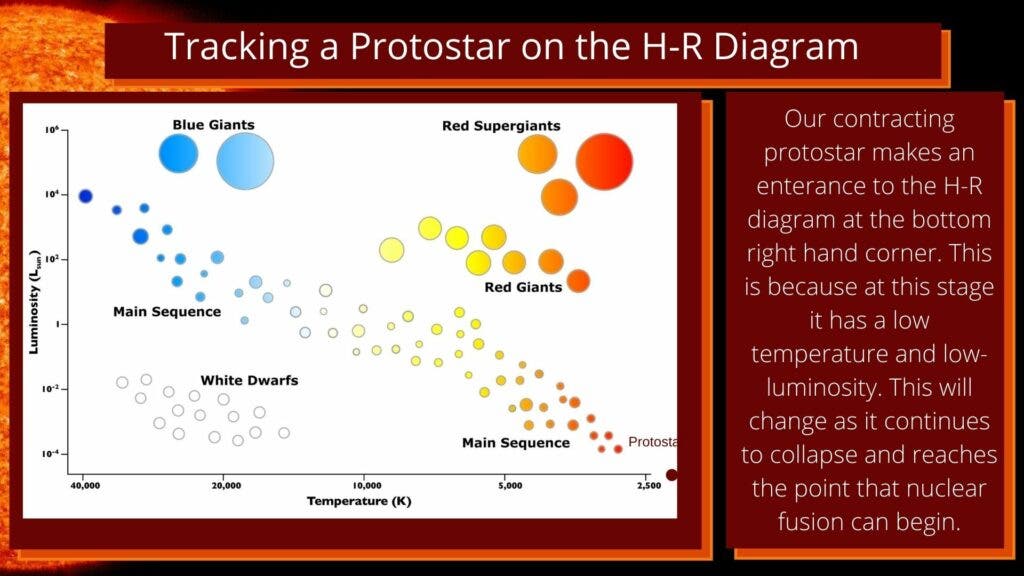
As the cloud collapses, it forms a fragment which also contracts. As it does so, it emits radiation causing a minimal rise in temperature. But, as that contraction continues and more and more molecules are densely packed into the fragment, this radiation is increasingly trapped as the gas cloud/fragment becomes opaque. This causes a rapid rise in temperature, with the fragment reaching between 2,000K to 3,000K after around a thousand years of collapse.
The chain of events that will birth a main-sequence star is now underway, thus we can describe the fragment as a protostar at this point. When the temperature within the core of the protostar is sufficiently hot, nuclear fusion begins. The energy provided by this process halts further contraction — a star is born!
This early star will likely be surrounded by a disc of gas and dust from which a system of planets and other smaller bodies will form. For our star and solar system, this whole process occurred around 4.6 billion years ago.
The Present: Nuclear Fusion, Hydrogen Burning, and the Main Sequence
Where does the Sun’s energy come from?
The easy answer to that question is ‘from the fusion of hydrogen to helium’ — whilst a star burns hydrogen in its core, it is referred to as a main-sequence star or as being ‘on the main sequence.’ The fact that we see so many stars on the main sequence tells us that stars will spend the majority of their lives in this phase — turning hydrogen to helium in their cores. And that is the stage in which we find our Sun now.
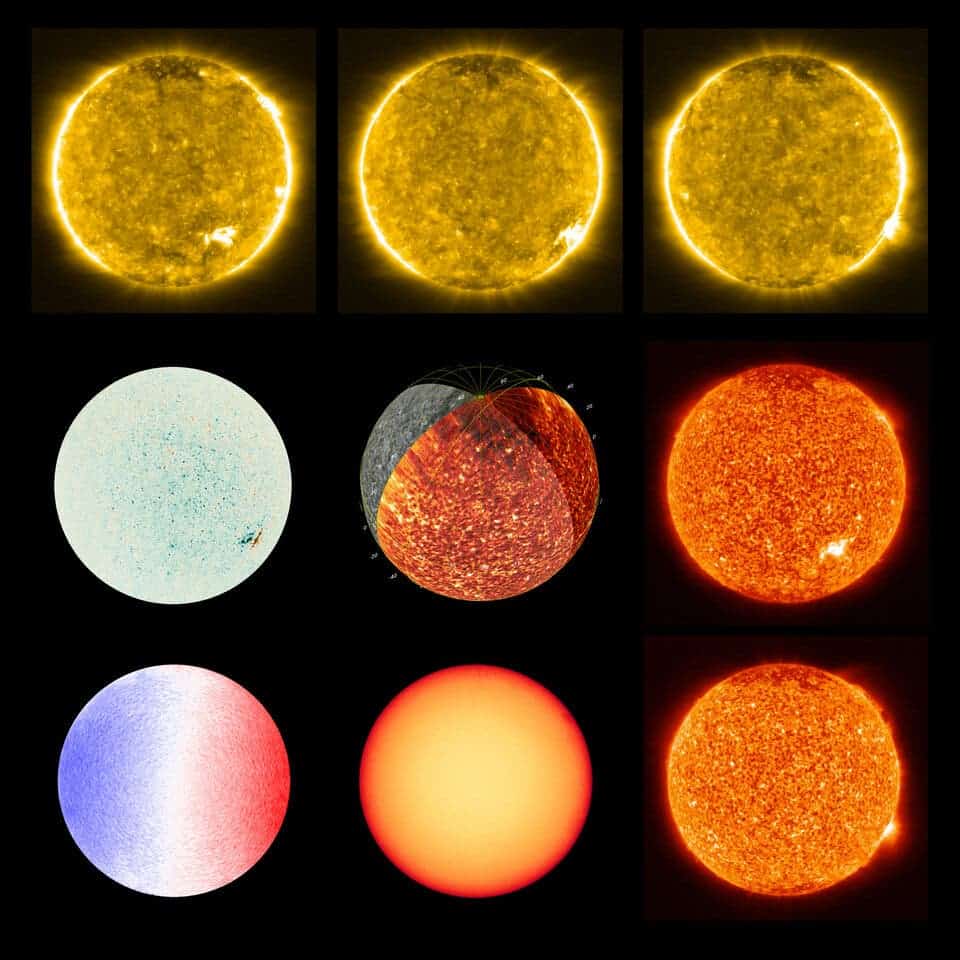
The way in which nuclear fusion creates the energy that stars radiate can most easily be explained with Einstein’s mass/energy relationship, the world’s most famous equation E=mc². Not all of the mass contained within the parent atoms that enter into nuclear processes ends up in the daughter particles. This ‘missing mass’ is converted to energy which is radiated away by photons and to a lesser extent, neutrinos.
In addition to providing a large proportion of a star’s energy output, the fusion processes that occur within the core of a main-sequence star also serve another, arguably more important function — balancing it against gravitational collapse.
Our models of the Sun suggest that its temperature and pressure increase on the way to the central core, with temperatures only becoming great enough to allow nuclear fusion to proceed at the heart of our star and a region close to it. Because nuclear fusion is so dependant on temperature, the boundary of where nuclear reactions can and cannot occur is sharp.
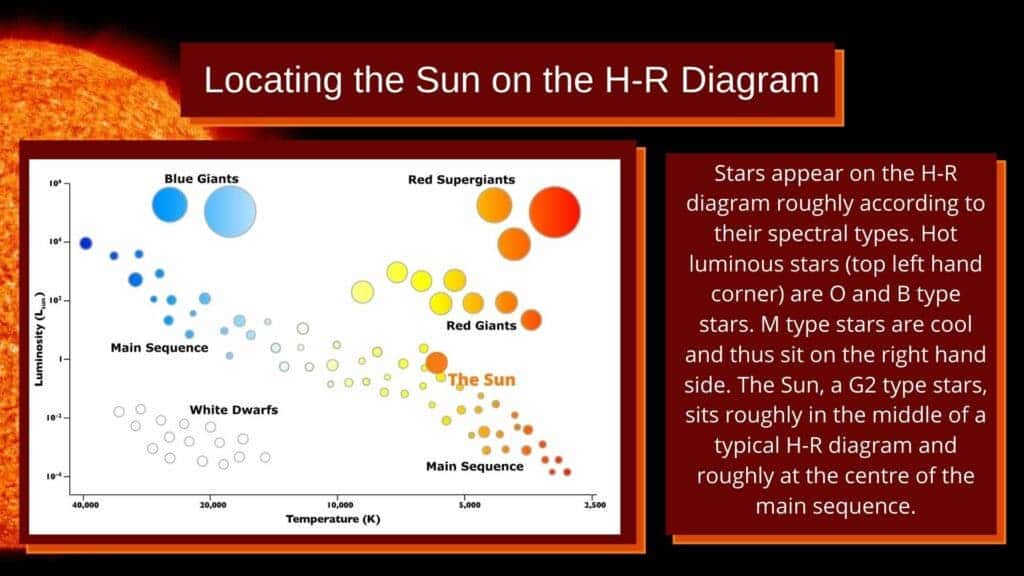
The method by which energy is transported around a star varies depending on a star’s mass. For a star with roughly the mass of the Sun, there is a lack of extreme temperature gradient present in more massive stars that allow convection in the core, but there is still some convection allowed in the outer layers — a so-called convective envelope. This means that the main form of energy transport within the Sun is radiative.
Radiative pressure joins the gas pressure provided by the material that composes the star in granting the outward force that balances the star against gravitational collapse, thus maintaining the hydrostatic equilibrium.
The fusion of hydrogen to helium can occur via a number of chain reaction processes. Within the Sun and other stars of a similar mass, the proton-proton chain dominates these reactions, with the so-called ppI chain in particular accounting for 91% of the reactions in the Sun’s core.

In more massive stars the ppII or ppIII branches of the proton-proton chain may dominate, and in the hottest of cores, an alternative way of creating helium from hydrogen– the CNO cycle uses carbon, nitrogen and oxygen as catalysts to aid the fusion of four hydrogen atoms to create helium–plays a significant role in energy production and helium synthesis.
Of course, as the fusion of hydrogen into helium in the core of a star defines its time in the main sequence that leads to an obvious question; what happens when it is gone?
The Future: Red Giants and White Dwarfs
What happens when the hydrogen is gone?
At the time of its birth, the Sun’s mass was composed of roughly 70% hydrogen, 28% helium, and 2% metals (using the astronomer’s definition of a ‘metal’ which is any element heavier than helium). The hydrogen content would have been greater and the helium and metal content lower were the Sun not born from a gas and dust cloud created by the death of an earlier ‘purer’ star, and thus enriched with helium and metals created by thermonuclear processes within that precursor.
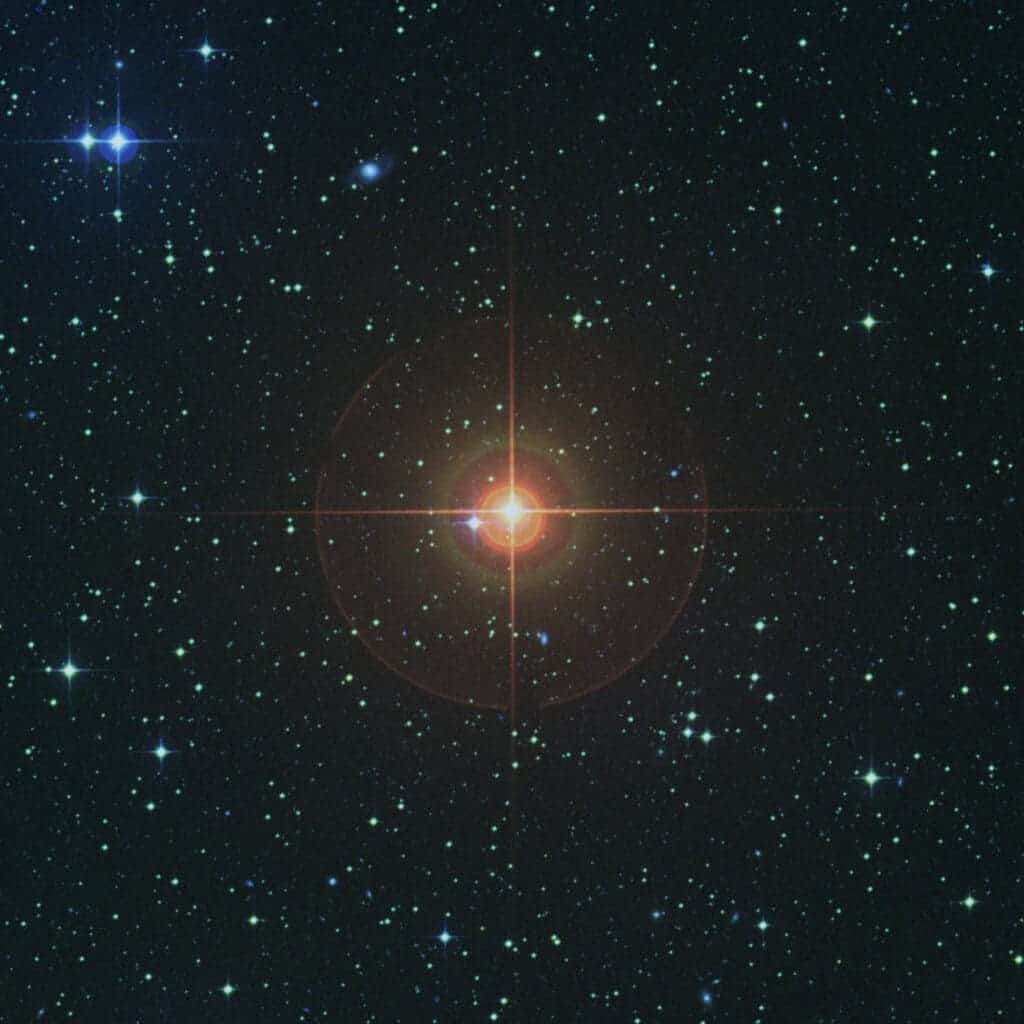
Were the Sun to convert all of its hydrogen to helium, its lifetime would be roughly 70 billion years, but, hydrogen-burning actually ceases before this supply is completely exhausted–when the hydrogen in the core is all but gone. This means the Sun has a hydrogen-burning lifetime of around 10 billion years, which it is currently almost half-way through. During this period, the star will change very little, just brightening very slightly. After this period ends, the changes the star undergoes are extreme and violent. When our Sun goes through them in roughly 5.4 billion years, it will certainly mean the end of life on our planet.
Once the hydrogen in the Sun’s core is exhausted nuclear fusion there will cease. This means that much of the outward pressure supporting the star from gravitational collapse is also cut off. This results in the gradual contracting of the core — now rich in helium — and the conversion of gravitational energy to thermal energy. As a result of this temperature raise, nuclear burning will then begin in the outer layers surrounding the core — thus creating a shell of burning hydrogen.
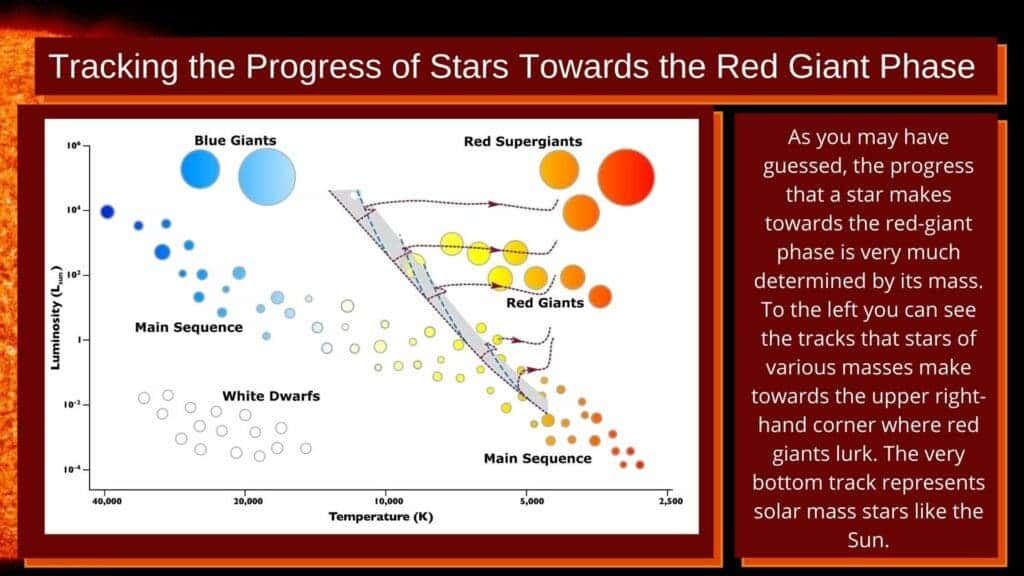
The core continues to heat up, reaching a temperature of around 10⁸ K, high enough for helium fusion to start there. This results in the creation of extremely short-lived beryllium atoms, and the formation of carbon via what is known as the triple-alpha process.
As a result of a much higher luminosity at this stage, the burning of helium within the Sun’s core lasts for a much shorter period of time than the main sequence and the burning of hydrogen did. For our star, this stage should last around hundred-million years, the surface temperature of the Sun will fall to around 3000 K, but its radius will increase from anywhere between a hundred and a thousand times its current size.
This spells doom for the solar system’s inner planets, Mercury and Venus and possibly our own home, the Earth. A debate currently rages as to whether Earth will be engulfed by this expansion or simply scorched by its proximity to the surface of our star. The stellar body that had once made life possible on this planet, will, during the course of its own death throes, conclusively end it.
As a result of the contraction of the core and the expansion of the outer layers, the gravity at these tenous outer-layers is much weaker than the gravity found at the core; a disparity that results in a strong stellar wind. This phenomenon starts to strip away a considerable proportion of the red giant’s mass.

ESO/S. Ramstedt (Uppsala University, Sweden) & W. Vlemmings (Chalmers University of Technology, Sweden)
Mass loss processes including stellar winds and possibly thermal pulses arising from shell helium burning give rise to the next stage in a star’s evolution. The star’s inner core finds itself surrounded by a bubble of gas and dust that has been given the name ‘planetary nebula’. This is a complete misnomer, as these clouds have nothing to do with planets, and it arises from the misidentification of an early example.
The final stage of our Sun’s evolution is a white dwarf — a stellar remnant roughly the radius of the Earth that is simply the Star’s exposed core. The hot core, with a temperature of between 25,000–5000 K sits at the centre of a planetary nebula created from what was once its outer layers. Though this stage will represent the final phase of our Sun’s life, it is not the end for our star’s larger mass counterparts.
At this point, the fact that the Sun has no binary partner plays a role in its fate. For stars in binary pairs, it is possible for the accretion of material from one star to the other to ‘kick-start’ further nuclear processes in the beneficiary. The Sun neither has a donor nor does it have a counterpart to donate material to.
As its fuel is exhausted, the stellar remnant that was once our Sun will not possess the mass necessary to trigger the fusion of heavier elements. Nor will it possess the mass to collapse to a black hole or even a neutron star. The Sun will simply fade away from view joining a vast population of almost invisible white dwarfs that astronomers estimate makes up around 10% of all the stars in the Milky Way.
There is no explosive end for our Star. Its fuel exhausted, it drifts in space, a smouldering ember. A silent relic of what was once a powerful arbiter of life and death within its own solar system.
Sources
Green. S. F., Jones. M. H, et al, ‘An Introduction to the Sun and Stars,’ Cambridge University Press, [2003].
Ryan. S. G., Norton. A. J., et al, ‘Stellar Evolution and Nucleosynthesis,’ Cambridge University Press, [2010].
Gamow. G., ‘The Birth and Death of the Sun,’ Dover, [2005/ Revised Edition].


